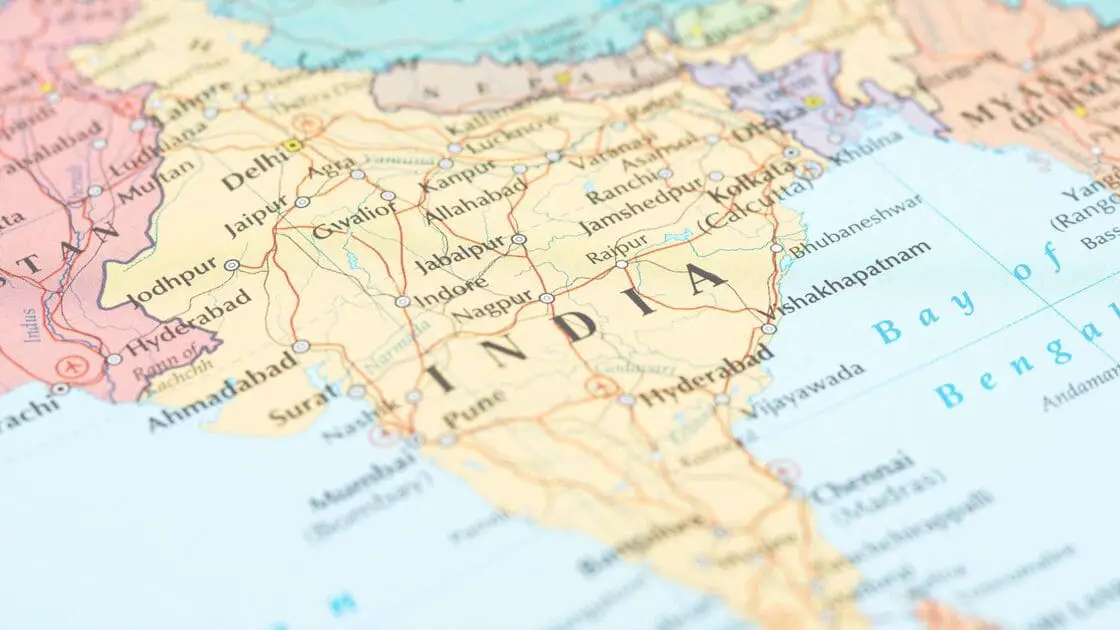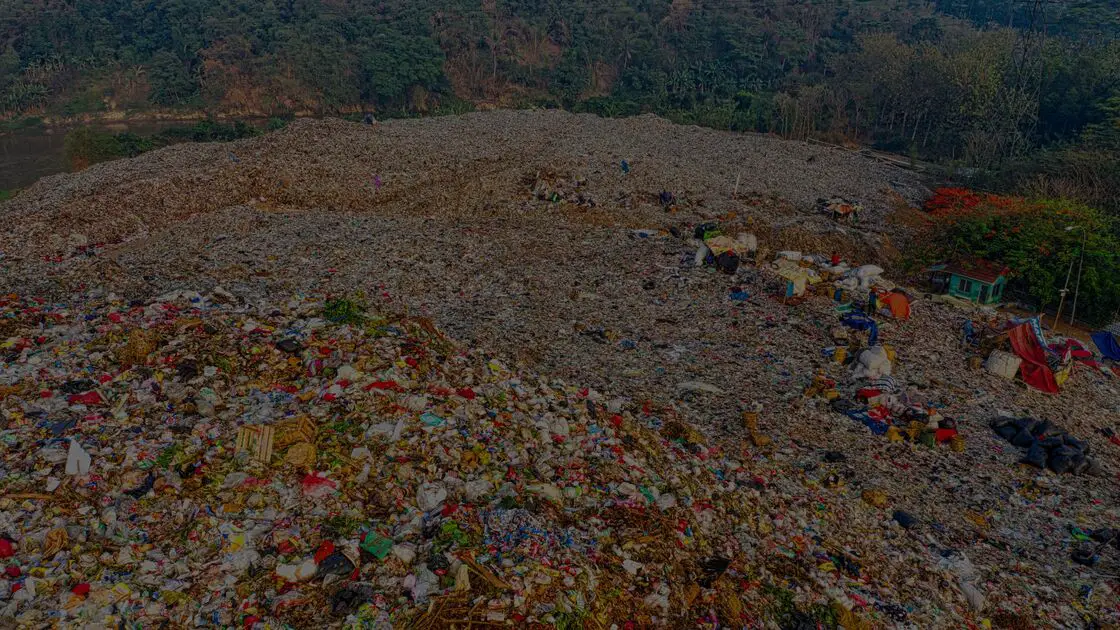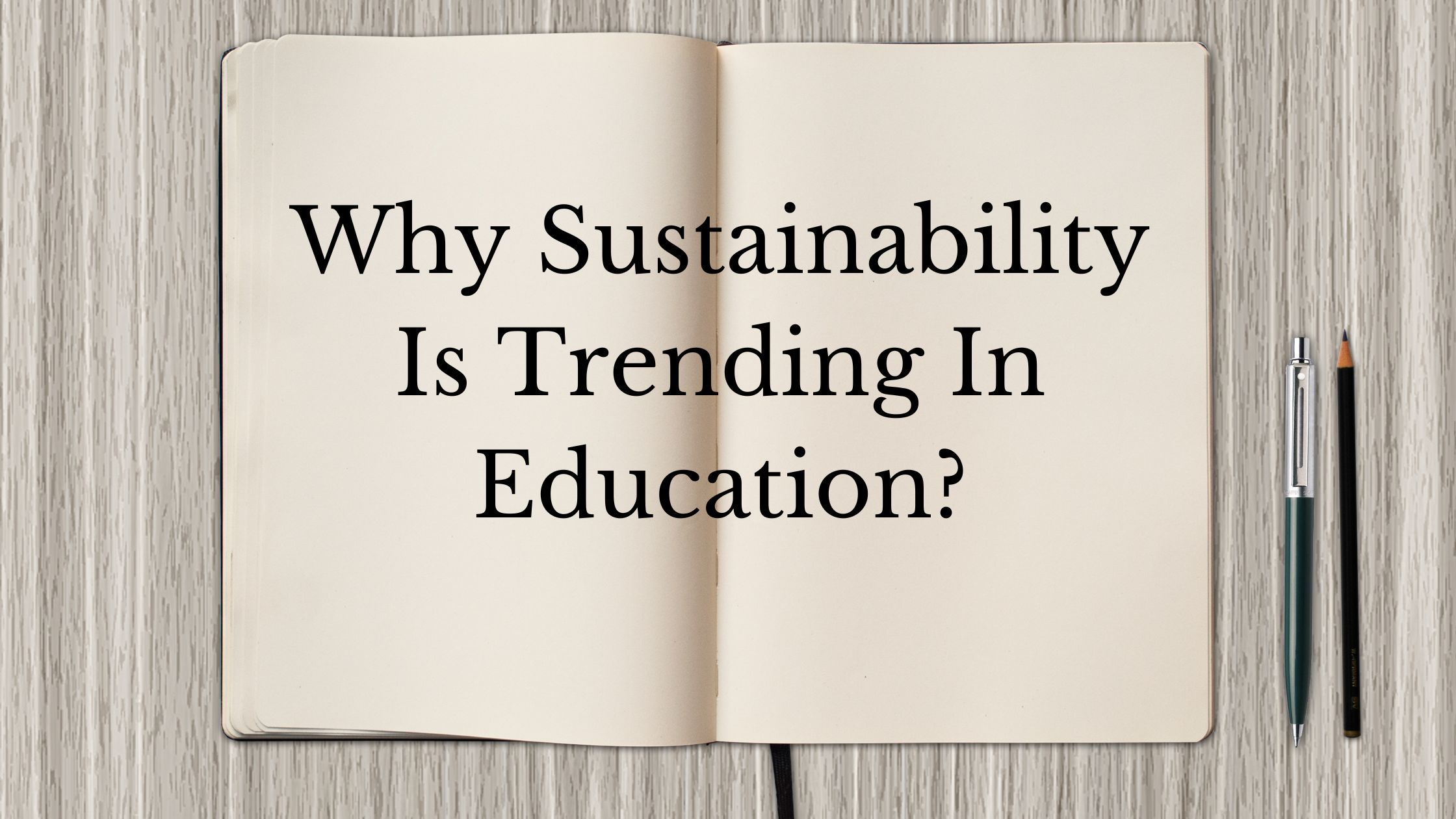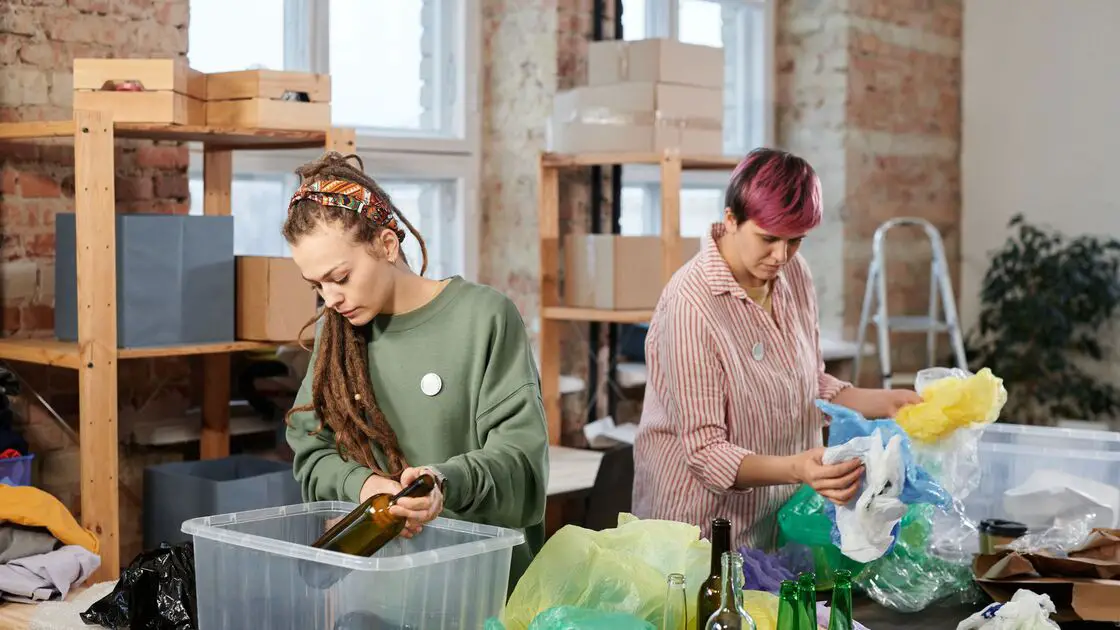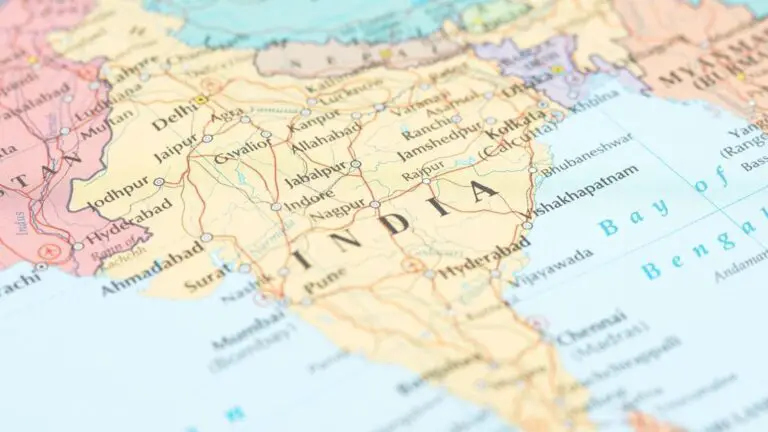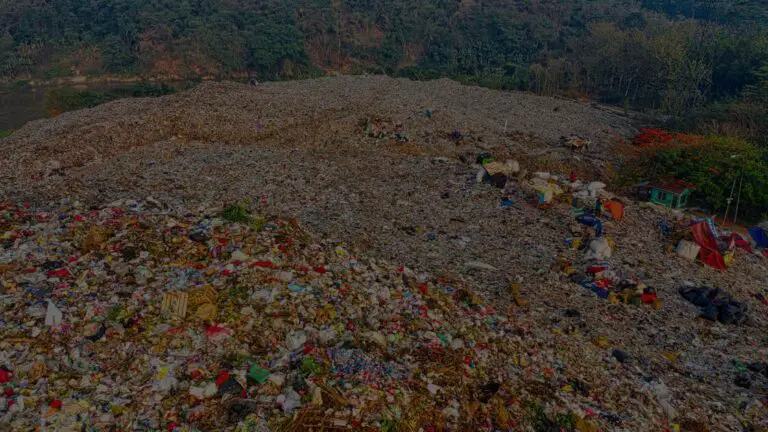Nowadays, the method of “recycling” has been adopted by many people. With many climate changes, people are becoming aware of the importance of environmental protection and are making reusing and recycling a part of their daily lives.
But, do you know that there are some things which you may think are recyclable but are not recyclable? For example, paper towels may appear recyclable, but paper towels, which heavily absorb oil and grease, may not be recyclable.
Today, let us look at the examples and what we should do with the things we cannot recycle.
What Are the Things We cannot Recycle?
The Things We cannot recycle depends upon the level of recycling center available to us the technology and machines they use. Some recycling centers can have advanced technologies to recycle certain things. However, there are some common examples of things that cannot be recycled in most recycling facilities. Let us look at them.
1. Plastic Bags
Most recycling centers may not accept plastic bags. This is because plastic bags will clog the equipment. However, some centers with high-end machinery for plastic recycling may take them. Some supermarkets or malls arrange recycling bins specially for plastic.
You can deposit your plastic in those bins. However, we should remember that not all plastic is recyclable. More than 91% of plastic is not recyclable.
2. Disposable Coffee Cups
Disposable coffee cups may seem recyclable, but they may not! Many coffee cups may have a thin layer of plastic so that coffee doesn’t get leaked. Even though its part is just about 5 percent for each cup, it is still not recyclable.
3. Pizza Box or Food Packaging Boxes
We know the importance of eco-friendly packaging, and that’s why many organizations are offering eco-friendly packaging. However, do you know that these packaging boxes are not recyclable? This mainly applies to pizzas, burgers, or certain food items packaging boxes.
These packaging boxes contain oil or food residue on them, which can damage the machinery, making them non-recyclable.
4. Styrofoam
Styrofoam is also known as polystyrene. It contains petroleum and doesn’t technically support the process of recycling. Along with this, as Styrofoam is usually used in packaging, it is lightweight and has bulkiness. That’s why it’s not accepted in many recycling centers.
5. Broken Glass
Even though glass is recyclable, recycling broken glass is an entirely different and difficult process. It may damage the recycling machine, too. That’s why broken glass is considered to be a non-recyclable material.
6. Once-Use Plastic Utensils
Once-use plastic utensils like spoons, plastic straws, forks, etc, are made up of low-quality plastic, which will not support the recycling process. In fact, they are too small for the machine to process into recycling methods.
7. E-Waste
Electronic items, such as old televisions, computer accessories, and machines, contain hazardous materials and heavy metals. This is why they shouldn’t be disposed of in normal recycling bins. They need specialized recycling facilities.
8. Hazardous Waste
Hazardous waste means items like pesticides, fertilizers, paints, thinners, primers, etc. These items have an explosive nature and need to be handled with utmost care. That’s why they shouldn’t be mixed with normal recycling items and should be disposed of in hazardous waste centers.
9. Bio-Medical Waste
Medical waste, such as needles, containers, syringes, blades, etc, is harmful to humans and animals and cannot be recycled. Sometimes, these things may be infectious, making it to be handled carefully.
10. Batteries
Batteries, especially car batteries or rechargeable lithium-ion batteries, are not recommended for recycling as they contain harmful materials.
What Do We Do with The Things We Cannot Recycle?
There are many non-recyclable items. However, you can make them sustainable or eco-friendly by following a few tips. So, what do we do with these things we cannot recycle? You can follow the tips below.
1. Reuse And Reduce
Reduce the consumption of the non-recyclable item. If possible, reuse it for multiple purposes if it is safe and healthy to reuse. You can also prepare DIY items with non-recyclable things. You can give these DIY items as gifts for your loved ones, too.
2. Proper Dispose
Do not dispose of non-recycling items with regular ones. Contact your local waste management authorities to know the proper disposal of these items. Follow their instructions and regulations carefully and dispose of them.
3. Hazardous Wastage
Check for hazardous waste disposal centers in your area. If your area doesn’t contain such a disposal center, then contact local authorities. They will conduct an event specially designed for hazardous items. Items such as batteries, paints, pesticides, etc., will come under this category.
4. E-waste
Electronic gadgets such as computers, tablets, batteries, and old televisions come under E-waste. When you want to remove these things from your home, search for a certified e-waste management center near you. They will have a verification certificate and properly dispose of these items in the correct way.
5. Donate
You can donate non-recyclables in good condition to the poor and needy. You can also donate them to organizations or charity.
6. Landfills
Unfortunately, some non-recycled items would have only one option, i.e., landfills. This is not eco-friendly but is the one and only option. Make sure to properly separate recyclables and non-recyclables when you have this situation.
7. DIY Projects
When we have things we cannot recycle, be creative and prepare any DIY item using them; for example, you can create a decorative item using washed plastic spoons and fork. In this internet era, you will find lots of ideas on various websites. Follow them and upcycle the items.
8. Prepare Compost
This tip is especially for organic waste. Items such as paper towels, pizza boxes, or food boxes are organic but cannot be recycled because of food particles and oil. When you compost them, all these food particles, along with paper, will give you a good compost, which you can use for your plants.
Conclusion
We have plenty of non-recyclable items in our daily life. However, by following a few tips, we can make these items not affect the environment around us. We need to use these items in less quantity as much as possible. When they are not recyclable, even with advanced machinery, prepare DIY projects and gift them to your loved ones.
Frequently Asked Questions
1. What are non-recycling items?
Items that cannot be recycled through traditional processes are considered as non-recycling items. This can be because of their quantity, characteristics, composition, or lack of advanced machinery. Broken glass and oil-filled paper towels are examples of nonrecycling items.
2. Why is it important to deal with non-recycling items with responsibility?
Dealing with non-recycling items is a responsibility to conserve resources, protect the environment from pollution, and improve the quality of health of living beings. Irresponsible disposal of this item may lead to adverse social and health effects.
3. How can I reduce non-recyclable waste?
You can reduce non-recyclable waste by reducing consumption. Choose items with minimal packaging and avoid unnecessary packaging. Follow sustainable living and choose companies that use sustainable practices. Mindful of your choices will ultimately be the king, which can reduce non-recyclable waste.


